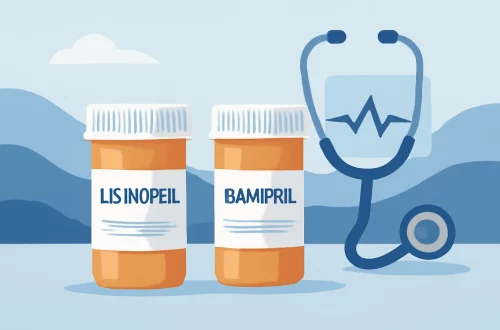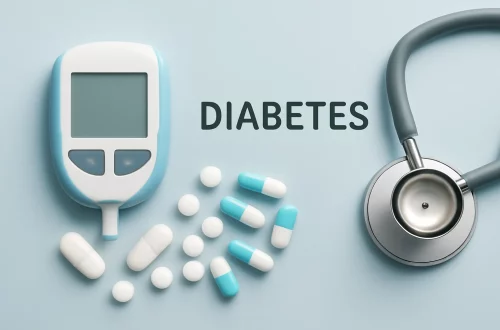
Understanding Back Acne: Causes, Treatment, and Prevention Tips
Back acne, often referred to as “bacne,” is a common skin condition that affects many individuals at various stages of life. Unlike facial acne, back acne can be more challenging to manage due to its location and the difficulty in reaching it for treatment. The skin on the back is thicker and contains more sebaceous glands, making it prone to breakouts. These breakouts can be particularly frustrating as they often occur in larger patches and can be more painful than facial acne.
The emotional toll of back acne can also be significant. Many people feel self-conscious about their skin, particularly when wearing clothing that exposes the back. This can lead to a lack of confidence in social situations, at the beach, or during physical activities such as sports or working out. Understanding the causes behind back acne is essential to finding effective treatments and developing preventative strategies.
Moreover, back acne can be influenced by various factors, including hormonal changes, lifestyle choices, and skincare habits. Addressing these aspects holistically can lead to clearer skin and improved self-esteem. In this article, we will explore the underlying causes of back acne, effective treatment options, and practical prevention tips to help you maintain healthy, clear skin on your back.
Causes of Back Acne
Back acne is primarily caused by a combination of excess oil production, clogged pores, and bacteria. The skin on the back has a higher concentration of sebaceous glands, which produce sebum—an oily substance that helps keep the skin moisturized. However, when these glands become overactive, they can produce too much oil, leading to clogged pores.
Additionally, dead skin cells accumulate on the surface, further exacerbating the clogging issue. These blocked pores create an ideal environment for bacteria, particularly Propionibacterium acnes, to thrive. As the bacteria multiply, they can cause inflammation, resulting in the formation of acne lesions.
Hormonal fluctuations can also play a significant role in the development of back acne. For instance, during puberty, menstruation, or times of increased stress, hormone levels can spike, leading to increased oil production. Other factors contributing to back acne include genetics, certain medications, and lifestyle choices such as wearing tight clothing that traps sweat and bacteria against the skin.
Diet can also influence skin health, with some studies suggesting that high-glycemic foods and dairy may exacerbate acne. Understanding these causes can help individuals identify potential triggers and take steps to minimize their impact, ultimately leading to clearer skin.
Treatment Options for Back Acne
When it comes to treating back acne, a combination of topical treatments, oral medications, and lifestyle adjustments may be necessary for optimal results. Over-the-counter products containing ingredients like benzoyl peroxide, salicylic acid, or alpha hydroxy acids can be effective in reducing breakouts. Benzoyl peroxide works by killing acne-causing bacteria, while salicylic acid helps exfoliate the skin and unclog pores.
For individuals with more severe cases, consulting a dermatologist may be advisable. They can prescribe oral medications such as antibiotics or hormonal treatments, which can help reduce inflammation and bacterial growth. In some cases, isotretinoin may be recommended, a potent medication that targets the root causes of acne but requires careful monitoring due to potential side effects.
In addition to these treatments, incorporating regular exfoliation into your skincare routine can help prevent dead skin cell buildup. Using a gentle scrub or a chemical exfoliant 1-2 times a week can keep the skin on your back smooth and less prone to breakouts.
Furthermore, maintaining a consistent hygiene routine is crucial. Showering after workouts or sweating can help remove excess oil and bacteria, reducing the likelihood of breakouts. It’s also important to wear breathable fabrics and avoid tight clothing that can trap sweat against the skin.
Lastly, keeping stress levels in check through mindfulness practices or regular physical activity can contribute to better overall skin health.
Preventative Measures for Healthy Skin
Preventing back acne involves a multi-faceted approach that addresses both skincare and lifestyle choices. One of the most effective ways to prevent breakouts is to establish a regular cleansing routine. Using a gentle body wash that contains acne-fighting ingredients can help keep the skin clean and free of excess oil.
In addition to cleansing, moisturizing is essential for maintaining skin health. Opt for a non-comedogenic moisturizer that won’t clog pores. This is particularly important for those with oily or combination skin, as skipping moisturizer can lead to increased oil production and, consequently, more breakouts.
Another significant factor in preventing back acne is being mindful of clothing choices. Wearing loose-fitting, breathable fabrics can help reduce friction and irritation on the skin. It’s also wise to avoid wearing sweaty clothes for extended periods. Changing out of workout attire promptly after exercising and laundering clothes regularly can minimize the risk of bacteria buildup.
Diet plays a crucial role in skin health as well. Consuming a balanced diet rich in fruits, vegetables, and whole grains can promote healthy skin. Staying hydrated is also important, as it helps maintain skin elasticity and overall health.
Lastly, consider incorporating stress-reduction techniques into your daily routine. Practices such as yoga, meditation, or even simple breathing exercises can help manage stress levels, which may, in turn, reduce the occurrence of hormonal acne flare-ups.
When to Seek Professional Help
While many cases of back acne can be managed with at-home treatments and lifestyle adjustments, there are instances when professional help is necessary. If over-the-counter products do not yield results after several weeks, or if the acne is causing significant discomfort or emotional distress, it may be time to consult a dermatologist.
A dermatologist can assess the severity of your acne and recommend a tailored treatment plan. They may perform a thorough evaluation to rule out underlying conditions such as hormonal imbalances or skin infections that could be contributing to the problem.
In some cases, a dermatologist may suggest more advanced treatments such as chemical peels, laser therapy, or light therapy, which can be beneficial for persistent or severe acne cases. They can also provide guidance on maintaining a skincare routine that aligns with your specific skin type and concerns.
In conclusion, understanding back acne is crucial for effective management and prevention. By recognizing the causes, exploring treatment options, and implementing preventative measures, individuals can take significant steps toward achieving clearer, healthier skin.
*Please note that this article is not a substitute for professional medical advice. For any health concerns or conditions, it is always recommended to consult a qualified healthcare provider.*




